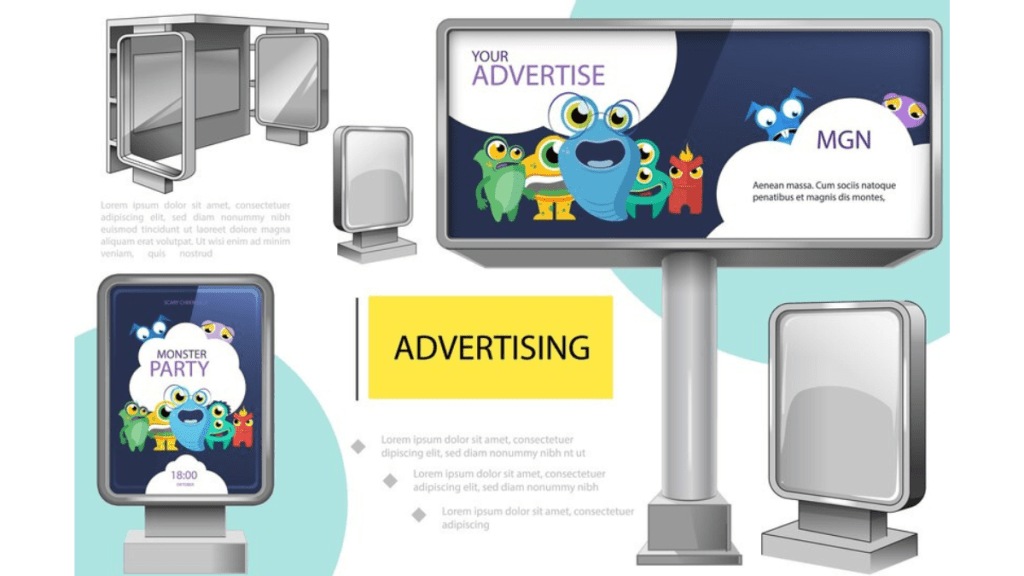In urban advertising, a trend is emerging that is capturing attention—interactive digital billboards. While traditional billboards have long been a staple of outdoor advertising, innovations are transforming these static displays into interactive experiences that engage passersby in real-time.
A new dimension in outdoor advertising
Interactive digital billboards are advancing outdoor advertising by incorporating real-time data, audience interaction, and technology. These billboards use sensors, augmented reality (AR), and mobile connectivity to create personalised experiences for viewers.
According to the FICCI-EY Media & Entertainment Report 2024, digital advertising in India is expected to grow by 28% year-over-year. A significant portion of this growth is attributed to digital out-of-home advertising innovations like interactive billboards, reflecting increased demand for immersive advertising experiences in urban environments across major Indian cities.
Key innovations in interactive digital billboards
Real-time data integration: Modern interactive billboards can adjust content based on real-time data such as weather conditions, traffic patterns, or the time of day. For instance, billboards in Mumbai and Delhi are used to display dynamic content that changes based on traffic conditions or weather.
Augmented reality (AR) experiences: AR technology allows billboards to offer interactive experiences where viewers can use their smartphones to engage with the content. An example is the AR campaign by Lotte’s Chocopie in Mumbai, where users interacted with a virtual experience of the product through their smartphones.
Audience participation: Interactive billboards often incorporate elements that encourage passersby to participate. For instance, the OOH campaign by IPL featured interactive billboards in major Indian cities where viewers engaged with real-time cricket scores and statistics.
Mobile integration: Integration with mobile apps is becoming more common, allowing users to interact with billboards through QR codes or Bluetooth technology. McDonald’s India recently used this approach in Bangalore, where billboards featured QR codes that provided discounts and special offers when scanned.
Challenges and opportunities
The technology involved in interactive digital billboards is often expensive, and there are concerns regarding privacy and data security, especially when integrating real-time data and mobile interactions.
The effectiveness of these campaigns depends on the design and relevance of the interactive elements. Poorly designed interactive features can appear as gimmicks rather than effective tools.
Future outlook
The future of interactive digital billboards is expected to benefit from advancements in technology. Innovations such as AI-driven content personalization, improved AR capabilities, and enhanced data analytics are likely to drive growth in this segment.
Brands that use interactive billboards in India can benefit from higher engagement rates, increased brand recall, and a stronger connection with their audience. As urban spaces across Indian cities become more saturated with digital advertising, the ability to stand out through interactive experiences will be a key factor.
Interactive digital billboards represent a significant development in digital advertising. By embracing real-time data, AR, and mobile integration, these billboards are changing the way brands connect with audiences in urban environments. This trend offers opportunities for brands in India to create impactful advertising experiences.
